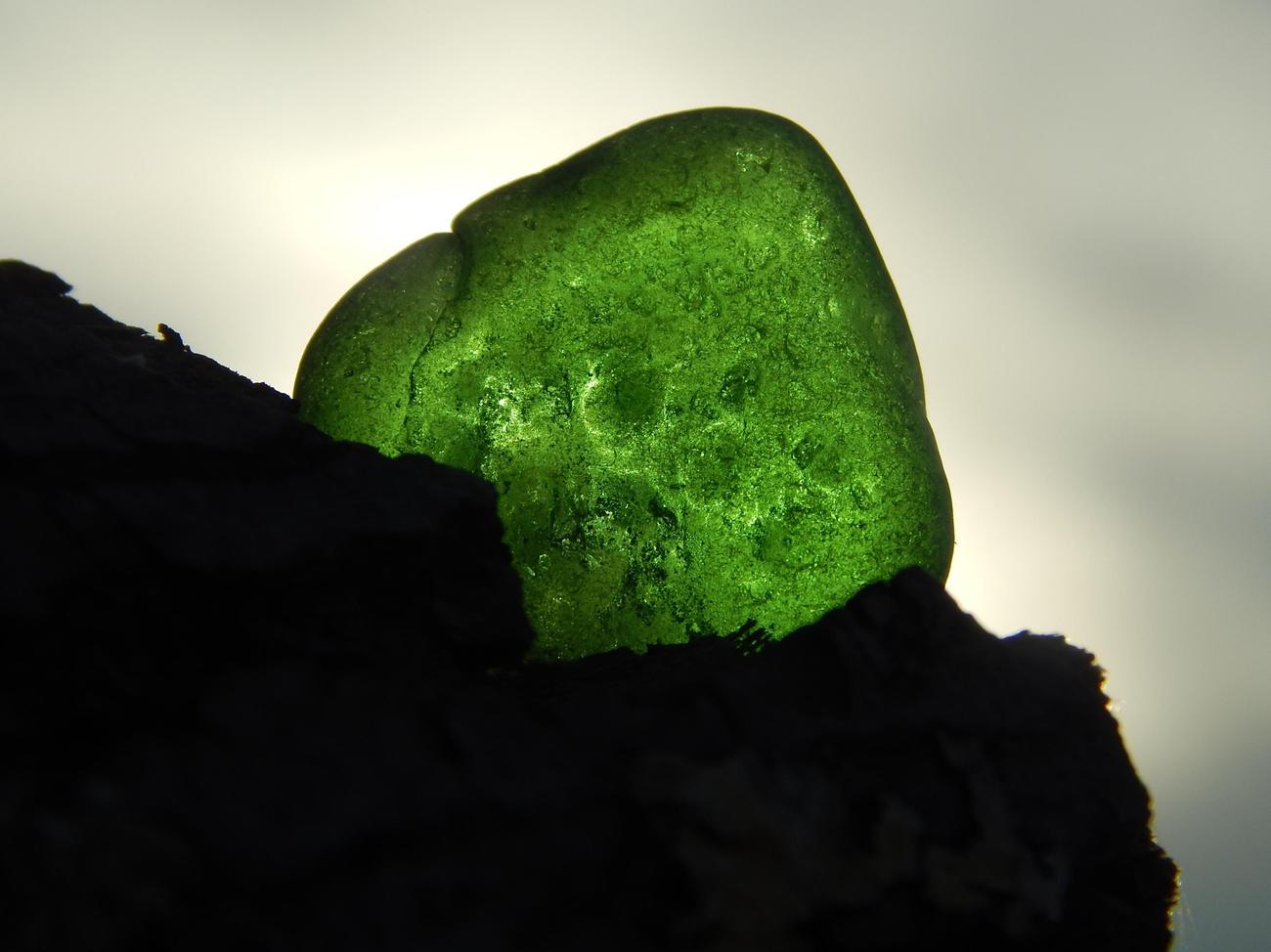Are you ready to uncover the hidden secrets and extraordinary symbolism behind emeralds? As an accomplished gemologist with a deep passion for these mesmerizing green gemstones, I have dedicated years of research and experience to unraveling their mysteries. In this article, we will delve into the uncommon symbolism of emeralds, exploring their cultural and historical significance. Get ready to be captivated by the hidden meanings and extraordinary associations attributed to these enchanting gems.

Unveiling the Extraordinary Symbolism of Emeralds
Emeralds, with their mesmerizing green hue, hold an allure that goes far beyond their physical beauty. These precious gemstones have captivated civilizations throughout history, serving as potent symbols of fertility, rebirth, and love. Let’s embark on a journey through time and explore the unusual symbolism of emeralds that has enchanted cultures across the globe.
In Ancient Egyptian culture, emeralds were deeply revered and associated with the goddess Isis. These precious gems were believed to possess the power of fertility and rebirth. The vibrant green color of emeralds, reminiscent of lush vegetation, reinforced their connection to growth and renewal. It’s fascinating how emeralds became a powerful amulet for those seeking to enhance their fertility and bring new life into the world.
In Ancient Greek and Roman cultures, emeralds held diverse symbolism. They were believed to possess properties that could protect against evil spirits and cure ailments. Additionally, emeralds were associated with Venus, the goddess of love, and were seen as manifestations of her divine power. The association with love and compassion continued to be prevalent in different cultures and emerald lore.
The lush green color of emeralds is often associated with springtime, a season of vibrant growth and transformation. This connection further deepens their symbolism of renewal and regeneration. Just as nature bursts forth with new life after a long winter, emeralds are thought to bring forth positive change and personal growth for those who wear them.
Beyond their associations with fertility and renewal, emeralds have long been regarded as bringers of good luck and protection. They have been used as talismans for prosperity, power, and eloquence. The unique qualities and charm of emeralds lie not only in their radiant green color but also in the exquisite inclusions they often possess. These imperfections, like the wrinkles and quirks that make a person unique, contribute to the character and allure of emeralds.
Love, compassion, and universal love are deeply entwined in the symbolism of emeralds. This evergreen gemstone is believed to open the heart, fostering emotional healing and nurturing relationships. Throughout history, countless individuals have sought the harmonizing energy of emeralds to cultivate love and deepen their connections with others.
Moreover, emeralds have had significant associations with fertility and immortality. In certain cultures, emeralds were seen as a bridge between the mortal and divine realms, offering a connection to the eternal. These gemstones were even used as offerings to gods, symbolizing devotion and seeking divine blessings.
Let’s take a moment to appreciate the extraordinary symbolism that emeralds hold. The lush greenness of emeralds reflects the vibrant cycle of life, the vitality of nature, and the ever-present possibility of growth and renewal. Through their history, emeralds have come to embody a profound connection to love, compassion, and the eternal cycle of existence.
As we delve into the world of emeralds, we discover hidden meanings and extraordinary associations attributed to this captivating green gemstone. From their connection to fertility and rebirth to their role as protectors and bringers of good fortune, emeralds truly embody the essence of life’s extraordinary journey.
In conclusion, the symbolism of emeralds transcends borders and cultures, offering a universal language that speaks to the human experience of growth, renewal, and love. These remarkable gemstones hold within them a story of beauty, power, and timeless significance. So, the next time you gaze into the radiant depths of an emerald, it is not just a gem you behold, but a gateway to a world of unusual symbolism and profound meaning.
Emeralds have been captivating people for centuries with their mesmerizing green hue and enigmatic allure. But did you know that there are some truly weird and fascinating facts about these precious gemstones? Brace yourself for a journey into the intriguing world of emeralds as we uncover some mind-blowing secrets. From the legendary cursed emerald known as the “Chalk Emerald” to the belief that emeralds can protect against evil spirits, there’s no shortage of strange tales and superstitions surrounding these gems. So, if you’re ready to delve into the extraordinary, click here to discover some truly weird facts about emeralds: weird facts about emeralds.

FAQ
Question 1
What is the symbolism of emeralds in Ancient Egyptian culture?
Answer 1
Emeralds symbolize fertility and rebirth in Ancient Egyptian culture, and were associated with the goddess Isis.
Question 2
What is the symbolism of emeralds in Ancient Greek and Roman cultures?
Answer 2
In Ancient Greek and Roman cultures, emeralds had diverse symbolism.
Question 3
What do emeralds symbolize in many cultures?
Answer 3
Emeralds are considered symbols of growth and renewal in many cultures.
Question 4
How does the color green and association with springtime contribute to the symbolism of emeralds?
Answer 4
The color green and association with springtime contribute to the symbolism of emeralds.
Question 5
What are some beliefs about the luck and protection brought by emeralds in various cultures?
Answer 5
Emeralds are believed to bring good luck and protection in various cultures.
- SYBAU See You Baby Meaning: Gen Z Slang Evolves - July 1, 2025
- Unlock Your Inner Youth: Lifestyle Secrets for a Vibrant Life - July 1, 2025
- Decode SYBAU Meaning: Gen Z Slang Explained - July 1, 2025






